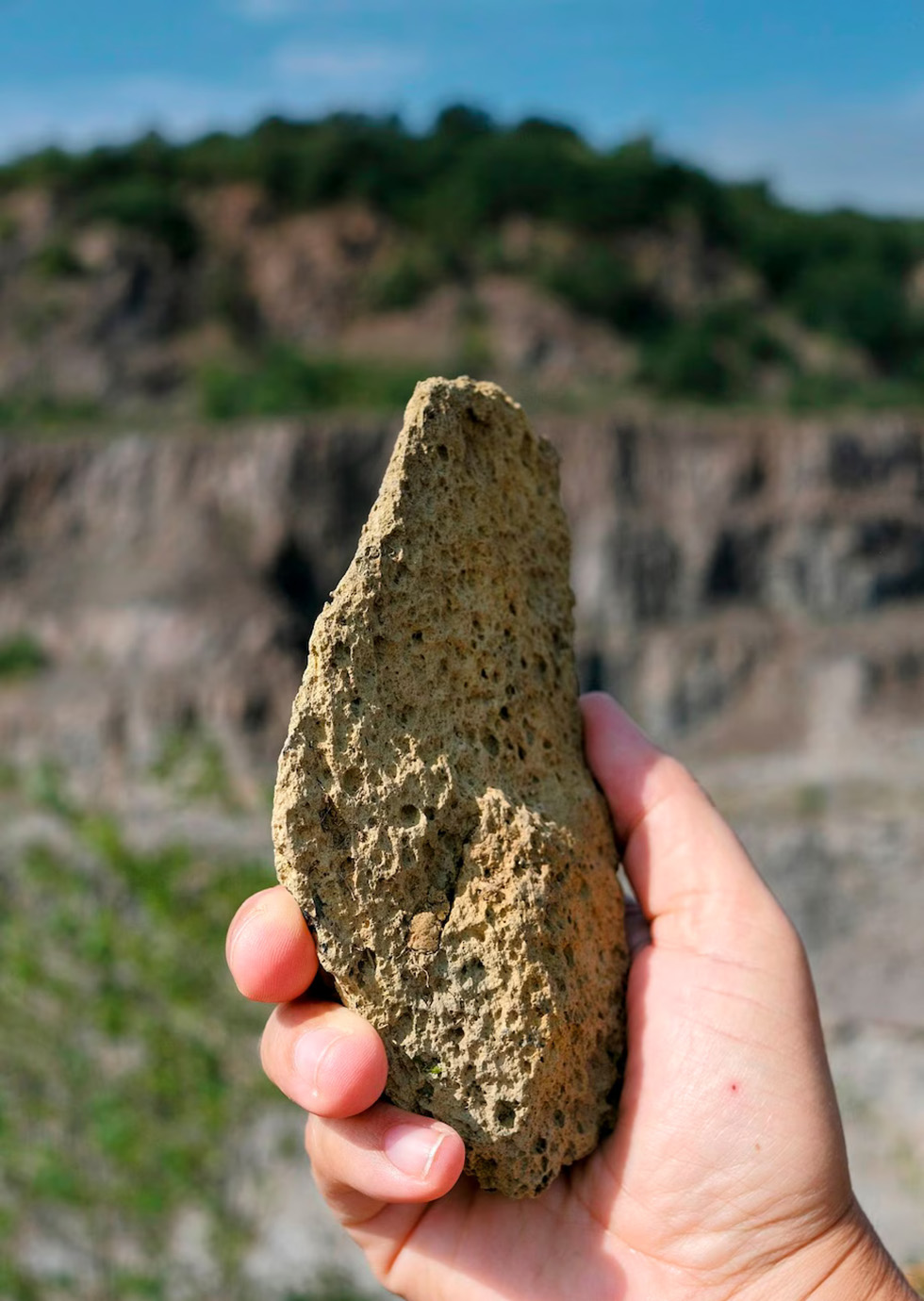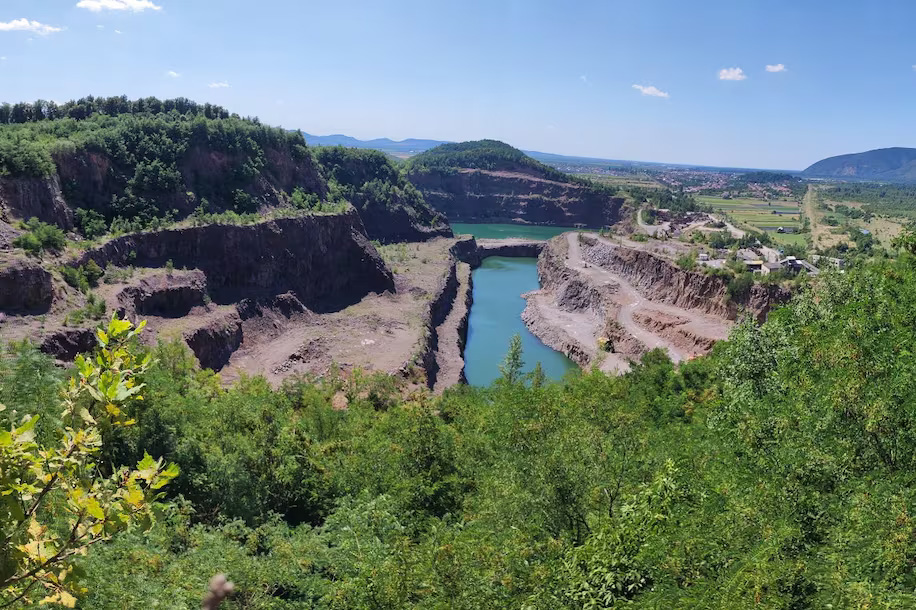Stone tools discovered in western Ukraine that are believed to be more than 1 million years old may be the oldest evidence of human presence in Europe, according to a study published on Wednesday by Nature Briefing.
The chipped stones, deliberately carved out of volcanic rock, were unearthed in a quarry in Korolevo in the 1970s. Archaeologists have now used new techniques to determine the age of the layers of sedimentary rock surrounding the tools to be over 1 million years old.

The Korolevo quarry represents the oldest reliably dated hominid presence in Europe and bridges the spatial and temporal gap between the Caucasus (approximately 1.85-1.78 million years ago) and southwestern Europe (approximately 1.2-1.1 million years ago).

“This is the oldest dated evidence of any human species in Europe,” said Mads Faurschu Knudsen, a geophysicist at Aarhus University in Denmark and co-author of the new study.
According to him, it is impossible to say with certainty which of the earliest human ancestors made tools, but it may have been Homo erectus, the first species to walk upright and learn to use fire.
“We don’t have any fossils, so we can’t be sure,” says Roman Garba, an archaeologist at the Czech Academy of Sciences and co-author of the study.
According to him, the chipped stone tools were probably used to cut meat and possibly scrape animal skins.
The researchers suggest that the tools could be as old as 1.4 million years old, but other experts say the study’s methodology suggests they could be just over 1 million years old, putting them in roughly the same date range as other ancient tools found in Spain.
The oldest stone tools of this type have been found in East Africa and date back to 2.8 million years ago, says Rick Potts, who directs the Smithsonian’s Human Origins Programme.

Source: The Gaze







